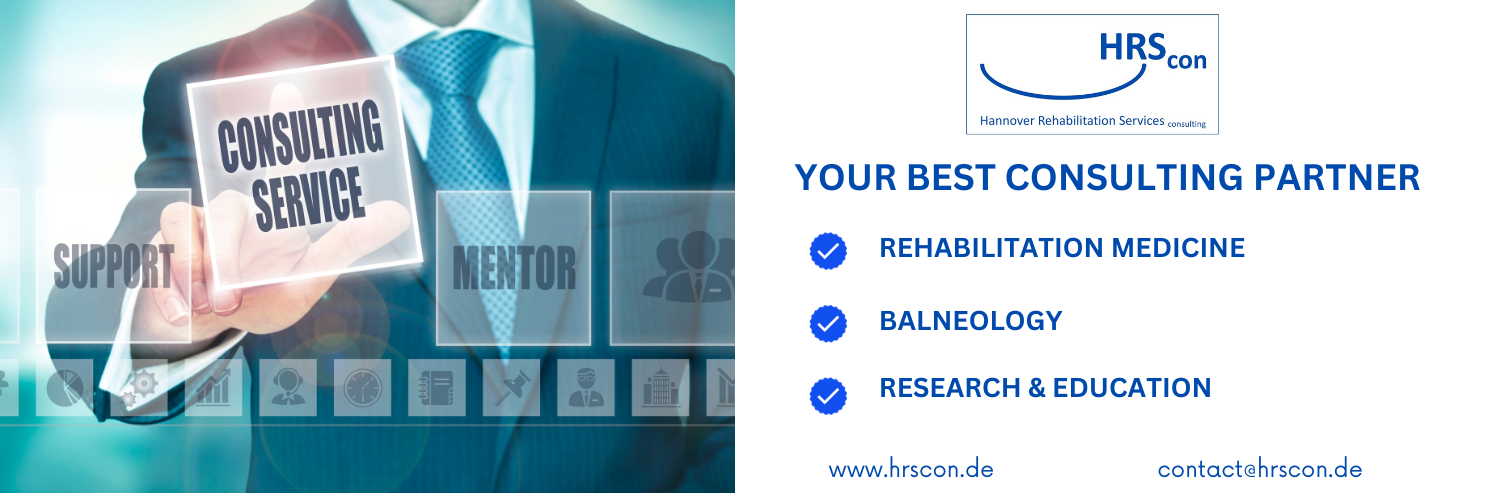Access to assistive technology (AT) is a critical factor in improving the quality of life for millions of individuals. From wheelchairs to hearing aids, assistive products empower people with disabilities to live independently and participate fully in society. However, a recent scoping review highlights stark inequalities in AT access across the WHO European Region. Here’s an in-depth look at the findings, challenges, and proposed solutions.
The Importance of Assistive Technology
Assistive technology includes a wide range of devices and services that help individuals overcome functional limitations. These tools are essential for older adults, individuals with disabilities, and those recovering from illnesses like COVID-19. AT enables greater inclusion in education, employment, and healthcare while also reducing healthcare costs through enhanced independence.
The State of AT in the WHO European Region
A scoping review analyzing 103 studies provided insights into AT coverage across 53 countries in the WHO European Region. Key findings include:
- Need vs. Coverage: About 135 million individuals could benefit from AT, yet only 1 in 10 have access to the devices they need.
- Disparities by Region: Evidence is disproportionately focused on high-income countries like the United Kingdom and Sweden, while data from 18 countries are completely missing.
- Access Inequalities: Sensory impairments like hearing and vision see higher coverage rates (up to 90%) compared to communication and cognitive impairments (10–60%).
Barriers and Facilitators to AT Access
The review identified recurring themes across countries, summarized in the table below:
| Barrier/Facilitator Theme | Barriers | Facilitators |
|---|---|---|
| Access | – Lack of provider training – Complex systems – Fragmented services | – Centralized AT services – Adequate training – Streamlined processes |
| Affordability | – High costs – Limited public funding | – Subsidies and loans – NGO support |
| Acceptability | – Stigma – Poor design or fit of devices | – User trials – Advocacy and support groups |
Addressing the Challenges
1. Improving Data and Research
Many countries lack comprehensive data on AT needs. Tools like the WHO’s rapid Assistive Technology Assessment (rATA) could help gather essential information to inform policies and allocate resources effectively.
2. Enhancing Systemic Access
Streamlined processes, such as a single point of access for multiple assistive products, and proximity-based services can help reduce systemic barriers.
3. Reducing Financial Barriers
Governments and non-governmental organizations (NGOs) play a crucial role in subsidizing the costs of AT. Expanding insurance coverage for AT and implementing long-term loan systems for assistive products could also improve affordability.
4. Combating Stigma and Promoting Acceptability
Raising awareness about the benefits of AT through public campaigns and providing opportunities for users to trial devices can help normalize their use and improve satisfaction.
The Path Forward
The unmet need for assistive technology in the WHO European Region highlights the urgency of coordinated efforts among governments, NGOs, and private sectors. Universal access to AT isn’t just a health necessity—it’s a human rights issue. Bridging the gaps in access will not only enhance individual lives but also create stronger, more inclusive societies.
By investing in research, improving affordability, and addressing systemic and cultural barriers, we can ensure that assistive technology reaches all who need it, empowering them to live fuller, more independent lives.




